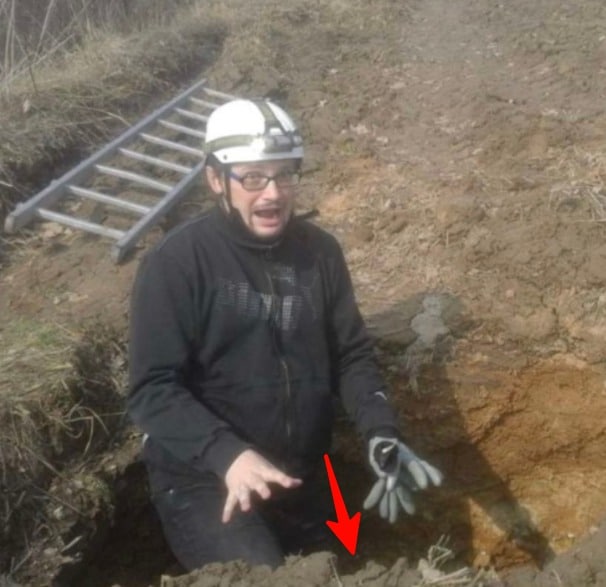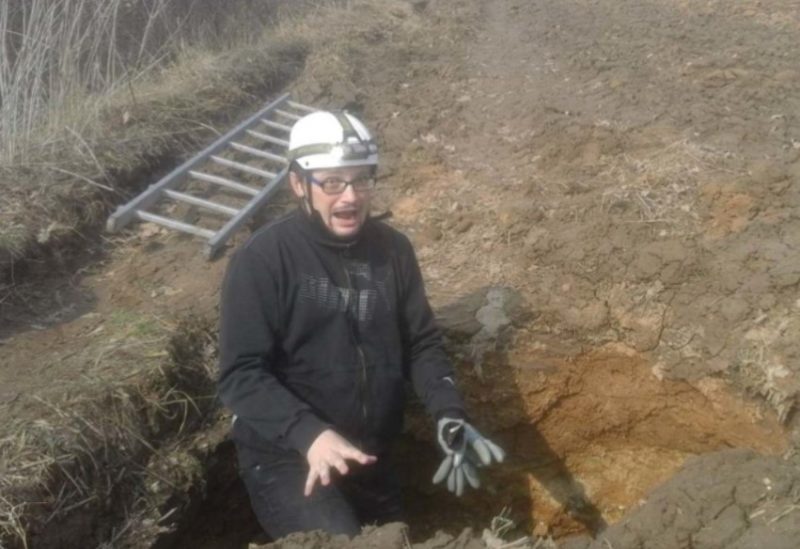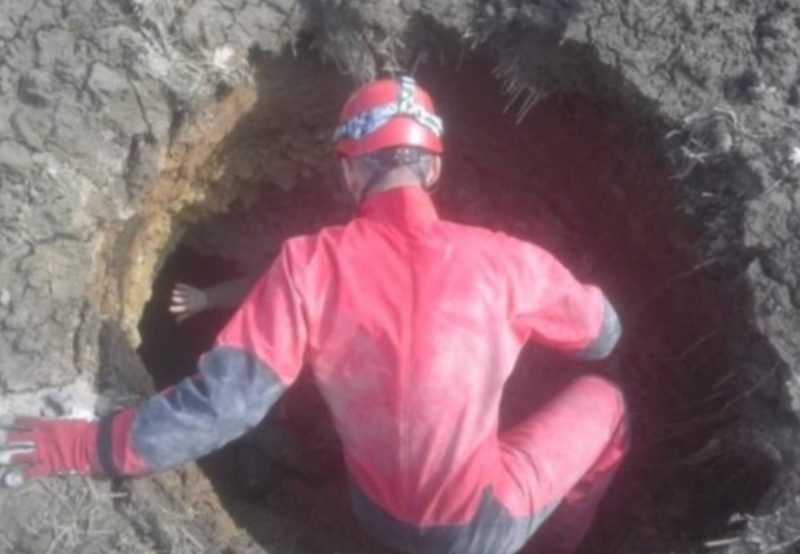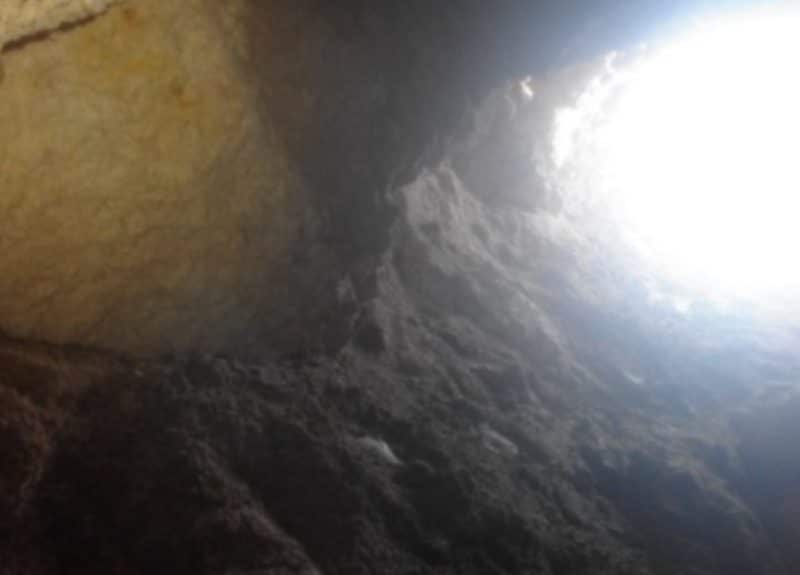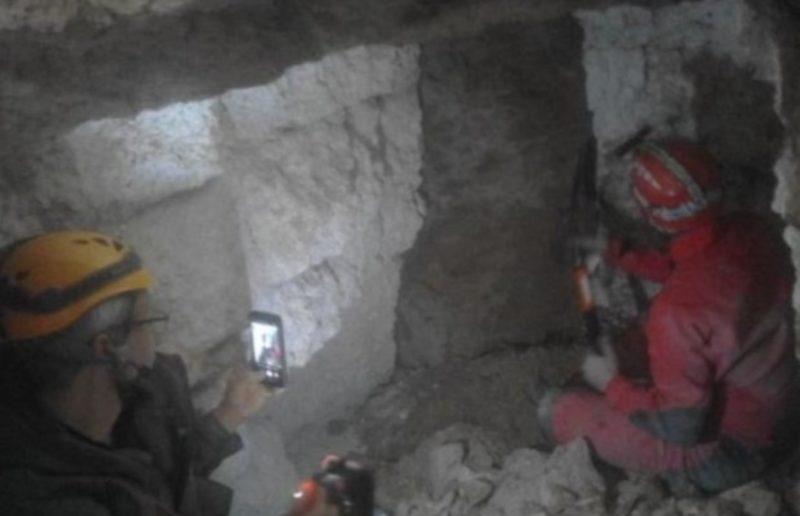Adam Bryczek, a Polish farmer, stumbled upon an extraordinary discovery while exploring his property. During a walk, he noticed what he initially thought was an animal’s dwelling—a hole in the ground. Unaware of the profound archaeological significance it held, Bryczek accidentally fell into the hole, transporting him back to a time around 8000 BC.
The tunnel into which he descended revealed itself to be more than just an animal den. It featured multiple branches and spacious chambers, resembling a cave from the Pleistocene era. The passage was approximately 10 meters high and 140 meters long, with markings on the walls indicating human activity, particularly stone quarrying.
Recognizing the historical value of his find, Bryczek reported it to the monument protection officer of the Krassnicki district. Subsequent investigations confirmed that the karst cave was a natural formation, shaped over 11,000 years ago. The walls exhibited signs of human visitation and stone extraction, suggesting that people had used the cave for various activities during ancient times.
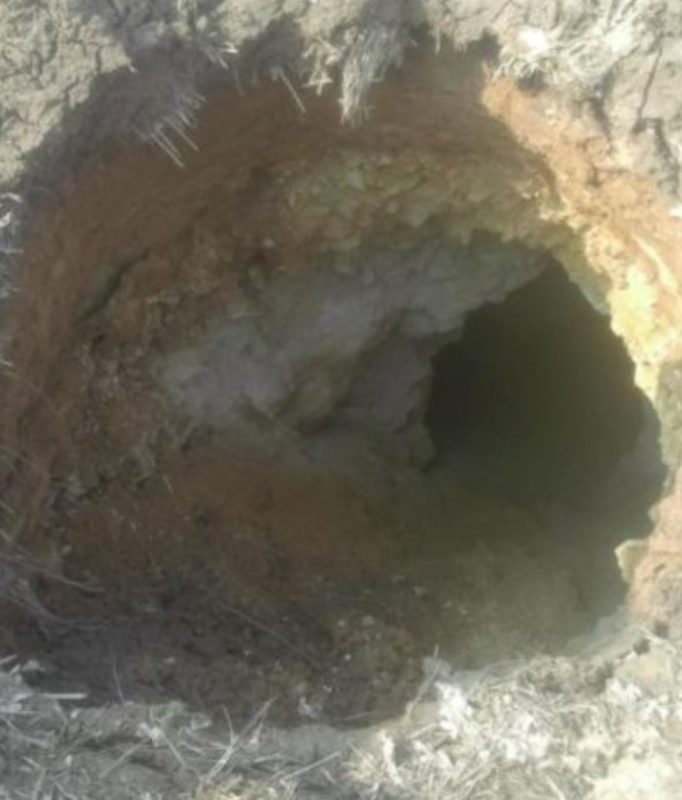
Despite the significant discovery, authorities decided not to disclose the precise location of the cave to the public. The concern was that excessive attention could potentially harm this unique and invaluable archaeological monument. The cave’s historical importance adds a fascinating layer to Adam Bryczek’s routine walk on his property, unveiling a hidden chapter of human history buried beneath the surface.
